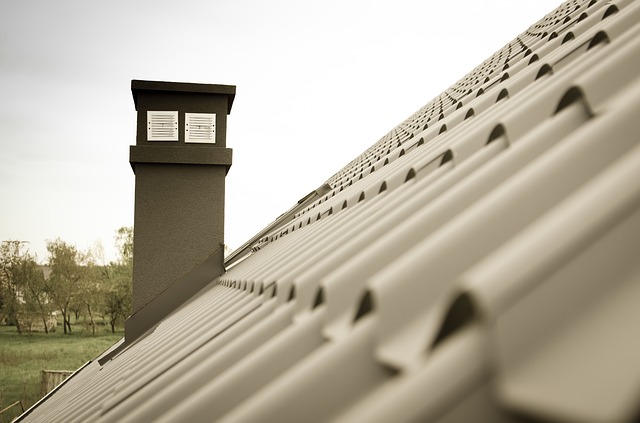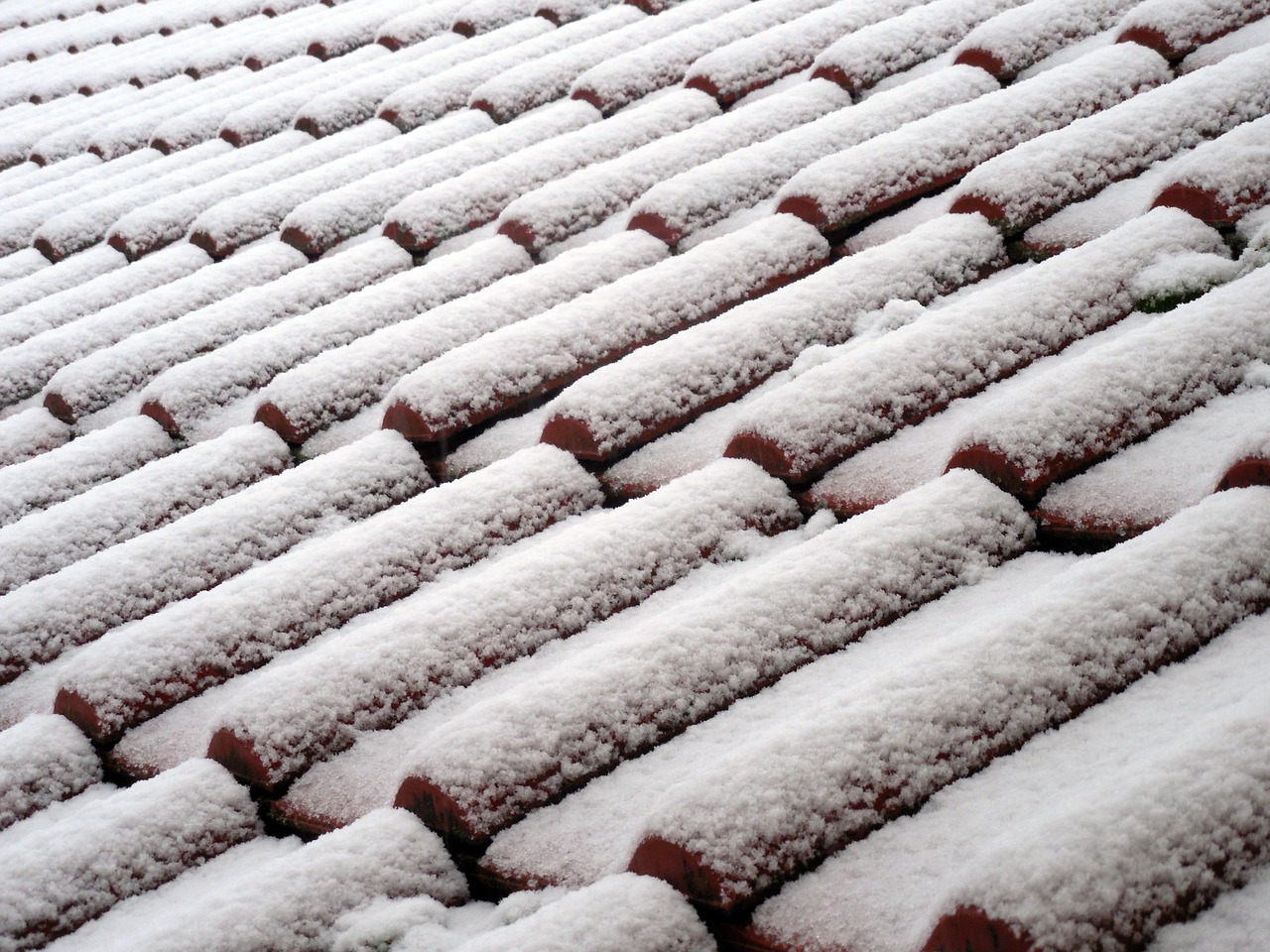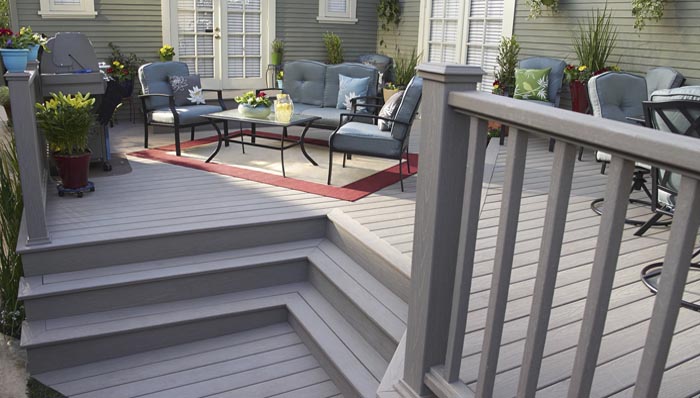As Autumn falls behind us and Winter fast approaches, more and more of us will be cranking up the gas or electric heating and hibernating indoors by the warm glow Continue reading
Stay Warm at Home while Reducing your Carbon Footprint


As Autumn falls behind us and Winter fast approaches, more and more of us will be cranking up the gas or electric heating and hibernating indoors by the warm glow Continue reading

From corrugated to coroline, we look at your options when it comes to choosing clear, coloured and plastic sheeting for your new prefab structure.
There is nothing quite as important as the roof over our heads.
Neglecting your tiles, choosing unfit material or settling for poor installation can only lead to one thing – a leaky roof, that’s not fit for purpose.
And it’s not just our homes we have to think of when it comes to roofing. Sheds, garages, bike huts and porches all use different forms of roofing, and are all equally as important when it comes to keeping the weather at bay.
So, if you’re thinking of building a new outdoor structure, where do you start when it comes to the roof? Here, we look at the different easy-to-install material options available to help you choose the right fit for your frame.
You won’t have to walk too far down the street to spot a bike shed or garden porch fitted with corrugated sheeting for the roof.
But way back in the early 1800s when it was first invented, corrugated galvanised iron – to give it its proper name – was widely used for everything from warehouses and factories to simple homes and water tanks.
Originally made from wrought iron, corrugated sheets are now usually made from steel. And their popularity remains thanks to unique qualities, which include:
• Lightweight yet heavy duty by nature
• Easy and simple to install
• Cost-effective and affordable when bought in both large and small batches
• Corrosion-resistant
• Easy to transport.
Corrugated sheets are available in a range of widths, lengths and thickness – perfect for fitting the materials to your job, not the other way around. Corrugated sheeting can also be used for completing a variety of structures and will stand the test of time.
Polycarbonate roof sheets are essentially made from shatterproof, strong and durable plastic. Due to the see-through properties, temperature resistance and impact resistance, polycarbonate is ideal for building greenhouses, cold frames, shed windows and simple wall structures.
The benefits of using polycarbonate sheeting include:
• Strong, tough and durable even in poor weather conditions
• Impressive heat and sound insulation power
• Easy to install
• Cost-effective due to both the material price and the fact that you can use lighter support structures.
Polycarbonate roof and wall sheeting is also cut to exactly to your requirements, making it even easier to install.
If you are hoping to build a structure with eco credentials, you won’t have to look much further than coroline sheeting / onduline sheeting.
Made from recycled cellulose fibres – which are saturated with bitumen under intense pressure and heat – coroline and onduline are great options for anyone looking to be kind to the environment, while still getting all the benefit of a durable material.
As well as utilising recycled material, these sheeting options also benefit from being:
• Easy to install
• Durable and strong
• Lightweight and easy to handle
• Multi-use, including for summer houses, sheds and workshops
• Able to withstand high weathering
• Affordable
Additionally, you won’t have to forget about style when you opt for substance. Coroline and onduline roof and wall sheets are available in a range of different shades and finishes, so you can add a little colour to your new shed, bike port or porch – you could even add green while being green (see what we did there?).
As well as colours you can also find transparent coroline or onduline sheets if you want to let in a little light.

From checking out your tiles to maintaining your guttering, we look at how to make sure your home is weather-ready for winter. Continue reading

Everyone wants a beautiful garden to relax in when the sun finally gets around to shining. And for most people, this means a lawn of manicured grass, complete with trimmed edges and carefully cut blades. But grass can take a lot of patience, time and money to keep looking its best. That’s why decking is a great alternative option for your garden.
Here, we look at why you should invest in composite decking when you upgrade your outdoor space.
Composite decking is durable and sturdy
The number one reason to choose wooden decking for your garden is the ease of upkeep. And composite decking is the best choice for anyone who wants to enjoy both high quality and low maintenance. Composite decking is made from recycled timber and plastics, creating a durable, sturdy and weather-resistant material – perfect for all the rainy days here in the UK.
Unlike solid wood planks, composite decking is also resistant to warping, ensuring your decking will look as good as the day it was installed, all year round. Additionally, we provide a 15-year warranty on many of our composite decking options, so you know the quality is first-rate.
You’ll save money
Money is always a concern when it comes to home renovations. But when you choose decking made from composite materials, you can make incredible savings. Made from recycled materials, composite decking planks and tiles cost less to produce than solid wood, allowing that saving to be passed onto you.
As composite decking is hard-wearing and resistant to wear and tear, you also won’t have to replace damaged boards after a particularly bad bout of weather, saving you any further expense.
There are eco-friendly composite decking options
As we’ve mentioned above, composite decking is made from recycled materials. This is a much more sustainable way to produce decking for the garden, as acres of trees are not required for raw materials. Recycled timber and plastics form the basis of your composite decking, adding to your garden’s eco-friendly status.
You won’t have to spend every weekend maintaining it
One of the drawbacks with garden decking is often the need to treat, paint and reseal with the change of the seasons. But with composite decking, there is no need break out the varnish and brushes every few months. Our decking is designed and treated by us, leaving you with no after-care to worry about.
Plus, those with children and pets can rest easy knowing there is no risk of splinters, and the boards of composite decking are also slip-resistant. Better safe than sorry!
There are finishes and styles for every taste
Just because composite decking is affordable and easy-to-maintain it doesn’t mean you have to compromise on style. The planks and tiles for your decking are available in a range of effects, including oak, teak, grey and ebony. So once you order, buy and install your decking area, the compliments will keep flooding in after each barbecue, dinner party and family event.

From choosing the best materials to getting the right tools, we look at your must-have essential info for building the shed of your dreams without a professional. For many people, the garden is the heart of their home.
Whether it’s summer barbecues, late-night parties or relaxing on lazy weekends, a beautiful garden is always a welcome addition to any property. And with a beautiful garden comes the need for plenty of tools – and a secure place to store them.
A well-built garden shed is an essential for any true gardener, but you needn’t shell out a fortune to get the wooden shed of your dreams. Here, we look at how you can build your own garden shed, focusing on the materials and tools you will need to do the job right.
Happy shed building!
Get the right materials for shed building
When you decide to build your own shed, getting the best materials is essential – after all, poor quality timber, fixings and foundations will lead to a poor finished product.
To build your own wooden shed you will need the following basic items:
High quality, long lasting timber products are the best choice for erecting a wooden shed. Not only will timber weather well, it will also help to keep your lawnmower, tools and other garden essentials safe from the elements and would-be thieves. And the good news is, we offer a wide range of affordable shed building materials that will make your garden complete in no time.
You can choose to buy your garden shed materials in a kit or individually, but always ensure you measure the area you want to use and order the correct size – measure twice, cut once as the pros say!
Make sure you have the right tools for shed building
Any professional finish will only be achieved by using professional quality tools. And that’s why it is so important to ensure you have the right tools for building a garden shed.
First, it’s important to make sure you have the correct safety equipment before starting to build a shed. This includes heavy duty gloves, eye goggles, and protective clothing. It’s always better to be safe than sorry.
Next, you will also need a ladder, spirit level (an essential for a sturdy structure), tape measure, power drill and a claw hammer. Depending on whether you decide to insulate your shed or leave it as a wooden shell, you might also need shed felt and a sealant gun. As you work, keep your tools clean and organised to make your shed building go off without a hitch.
Get organised and make a plan for your shed project
Building a wooden shed structure for the garden should be fairly straightforward for anyone
well practiced in DIY. But it can still be a challenge. As any tradesman will tell you, the best way to get on top of a job is to get organised right from the start of the project – and stay organised through to the end.
If you’ve decided to build a garden shed, the first step is to lay out all the materials and tools, taking an inventory to ensure you have everything ready to go.
Building a shed is split up into the following basic steps:
If you’re in any doubt about building your own shed, there are lots of free plans and designs available online to help you make a plan. Make sure to set aside plenty of time to complete building the shed and get a friend to help with the tricky bits – it really is a job for two or more.